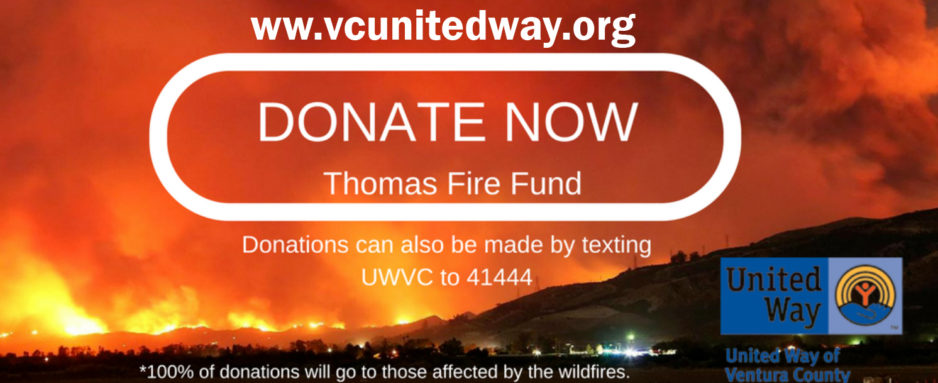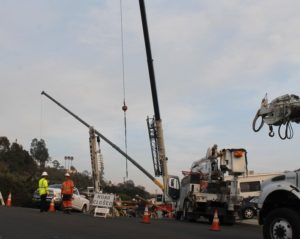by Burris DeBenning
As the City enters the recovery phase of fire operations, resident concerns, questions and needs are being answered and assessed and priorities ranked. At the December 11 City Council meeting, leadership personnel from various agencies provided status reports, and the City Manager introduced the team, headed by the Assistant City Manager, Dan Paranick, that would be responsible for the totality of the clean-up and recovery stages of the fire.
Police Chief Ken Corney said that everything is being done to get people who were in mandatory evacuation zones back into their neighborhoods, but that critical safety issues, like the danger of open gas lines and downed transmission wires, remain a hindrance.
Police personnel are also contending with an uptick in crime as there have been multiple reports of looting and burglaries that seem to be in response to the evacuations. Augmenting City police in their efforts to keep the peace has been the California National Guard.
Councilmember Chery Heitmann asked Chief Corney for a timetable on when people can get back to their homes to collect valuable and mementos, and the chief estimated about two weeks, due to the extensive utility work being performed by the Southern California Gas Company and Southern California Edison.
Councilmember Jim Monahan asked Mr. Paranick why the gas company had to dig large holes in certain streets to shut off gas lines rather than turn them off at the home.
Water has been a major concern and Kevin Brown, Ventura Water General Manager, answered council questions regarding drinking and use safety and the condition of the city’s water system. While mandatory water boiling is no longer required, Brown stressed that the fire overwhelmed the City’s complex web of pipes, valves and tanks, as equipment was either destroyed or taxed by rapidly falling pressure when the fire moved through town. Brown said that the fire caused the system to drain ten times its normal draw rate. Once conditions were safer, Water Department crews were able to add chlorine for purification and visit damaged infrastructure to make repairs.
Councilmember Christy Weir asked Mr. Paranick’s team what responsibilities will homeowners have during the clean-up and rebuilding in conjunction with what the State can offer. According to County and OES(The California Governor’s Office of Emergency Services) officials, the objective is to get people back onto their properties and connect residents with state assistance as quickly as possible, but that hazardous waste and unstable debris must be removed first.
The plan to expedite this timetable is to work with residents as a whole rather than individually, and thus be able to tackle many sites at once. Deputy Director William Stratton of the County’s Environmental Health Division emphasized that the largest concern right now is the toxicity of the ash and burned debris that may be caused by heavy metals and asbestos.
Residents brought up concerns over how the smoky and ash-laden air might affect children when school is back in session, and what has happened to the drilling, transportation and storage infrastructures of the many oil sites throughout and near the City. As the rainy season approaches, residents and council voiced concerns about the efforts needed to keep storm drains open and reduce the potential for vast mud flows from the denuded hills.
State OES will have a watershed task force, comprised of hydrologists and other experts, in place to resolve possible mudslide issues. As a welcome relief to homeowners, County Tax Assessor Steve Hintz said that people who lost their homes and first responders who call his office and ask can have their property tax penalties and fees waived.
One councilmember asked if there was a central website that will handle all fire communications, and what efforts were being taken to use social media to the fullest extent possible. Mr. Paranick responded that the most valuable central website is VenturaRecovery.org, and that his public information team will work diligently with local news organizations and social media sites to assure consistent and well-informed communications.
Finally, the question was asked, “how can I help?” Councilmembers Cheryl Heitmann and Christy Weir concurred that supplies of clothing and other “hard” goods have been met, but the best thing folks can do is patronize local businesses, like buying holiday gift certificates and air purifiers, and remember that members of the Ventura business community and the Downtown Ventura Partners (DVP) lost homes too.



